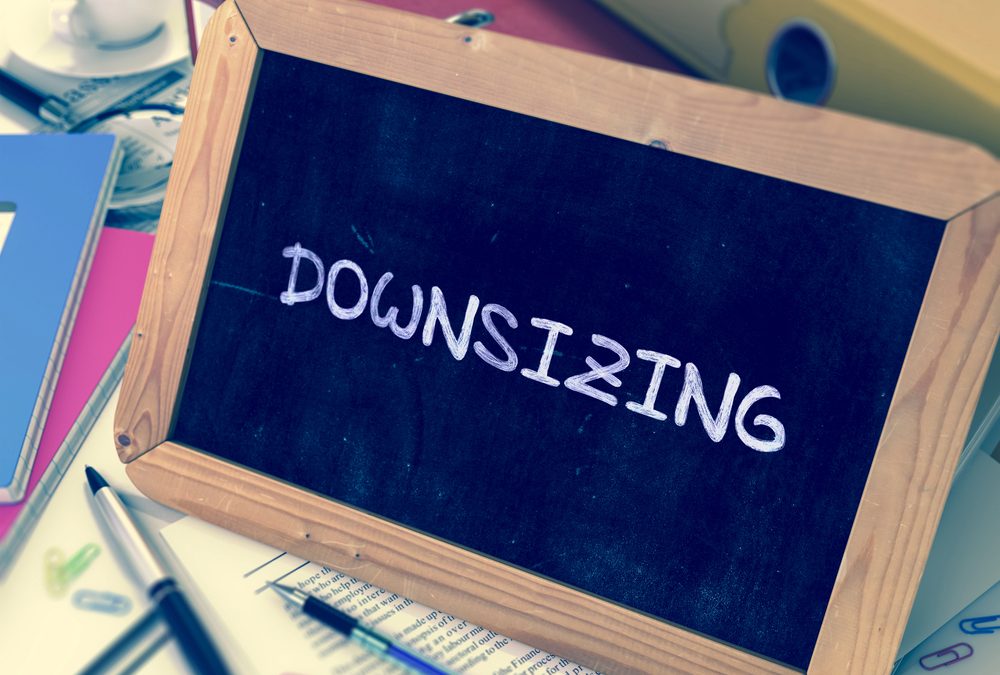Working with Gen Z: Tips for Building Effective Multigenerational Teams
 In today’s dynamic workplace, organizations are navigating a unique era in which the workforce spans four distinct generations: Baby Boomers, Generation X, Millennials, and the emerging Generation Z or “Gen Z.”
In today’s dynamic workplace, organizations are navigating a unique era in which the workforce spans four distinct generations: Baby Boomers, Generation X, Millennials, and the emerging Generation Z or “Gen Z.”
With each generation bringing its own values, skills, and work styles to the table, building an effective, cohesive multigenerational team presents opportunities and challenges. Let’s delve into some key strategies for fostering inclusive, productive, and harmonious workplaces that bridge generational divides.
Understanding Generational Differences
Understanding the distinctive characteristics of each generation is the first step toward fostering a collaborative environment. Baby Boomers, for instance, often value hierarchical structures and have an ingrained work ethic rooted in loyalty and stability. In contrast, Generation X tends to be more independent and flexible, valuing work-life balance and are skeptical of authority. Millennials bring a penchant for collaboration, are digitally fluent, and desire meaningful work, while digital natives, Gen Z, value entrepreneurship, authenticity, social responsibility and inclusion.
Emphasize Transformational Leadership
What’s Your Leadership Style? Part One, which focuses on inspiring and motivating employees to achieve their fullest potential, is critical in managing multigenerational teams effectively. According to 2009 research published by the American Psychological Association, transformational leadership significantly reduces conflicts in heterogeneous workforces. Leaders should strive to create an inclusive culture by recognizing and valuing the unique contributions of each generation, fostering mutual respect, and facilitating cross-generational mentoring and collaboration.
Encourage Open Communication
Communication is a cornerstone of effective teamwork. However, different generations tend to have different communication preferences. While Baby Boomers and Gen Xers might prefer face-to-face meetings and phone calls, Millennials and Gen Z are more inclined toward digital communication tools. Encouraging open, transparent, and adaptable communication channels can help bridge these gaps. Platforms like Slack, Microsoft Teams, or even integrating regular team meetings via Zoom can facilitate ongoing dialogue, ensuring everyone feels heard and valued.
Intergenerational Mentoring: Gen Z Has a Lot to Learn — and Teach Us
Intergenerational mentoring can be a powerful tool for knowledge transfer and skill development. For instance, a senior employee with years of industry experience might mentor a younger colleague on strategic thinking and leadership. That younger colleague can contribute equally by providing insight into the latest tech trends and digital tools. Such reciprocal mentoring relationships can foster mutual respect, enhance job satisfaction, and promote professional growth across generations.
Leverage Technology to Enhance Collaboration
 Given Gen Z’s proficiency with digital tools, leveraging technology can be an effective way to build cohesion within multigenerational teams. Tools such as project management software (e.g., Asana or Trello), collaboration platforms (e.g., Google Workspace), and social intranets can facilitate teamwork and ensure that everyone, regardless of their generation, is on the same page.
Given Gen Z’s proficiency with digital tools, leveraging technology can be an effective way to build cohesion within multigenerational teams. Tools such as project management software (e.g., Asana or Trello), collaboration platforms (e.g., Google Workspace), and social intranets can facilitate teamwork and ensure that everyone, regardless of their generation, is on the same page.
Promote Diversity and Inclusion
Diversity and inclusion are not just about race and gender; they also encompass age diversity. In my previous blog post, Surviving in Interesting Times – The Multigenerational Workforce, I highlighted the importance of recognizing and celebrating the diverse backgrounds and experiences that each generation brings to the workplace. Inclusive practices, such as diverse hiring panels, age-diverse work teams, and inclusion committees, can help create a more equitable work environment.
Adapt Management Styles
 Management styles need to be flexible enough to accommodate generational differences and preferences. For instance, Baby Boomers may thrive with a more traditional, top-down management approach, while Millennials and Gen Z might prefer collaborative and participative management styles. Managers should be trained to recognize these differences and adapt their strategy accordingly, providing tailored feedback, support, and recognition that resonate with each generation.
Management styles need to be flexible enough to accommodate generational differences and preferences. For instance, Baby Boomers may thrive with a more traditional, top-down management approach, while Millennials and Gen Z might prefer collaborative and participative management styles. Managers should be trained to recognize these differences and adapt their strategy accordingly, providing tailored feedback, support, and recognition that resonate with each generation.
Address Stereotypes and Biases
Stereotypes and biases can be detrimental to building an effective multigenerational team. Age-related biases, such as viewing older workers as less tech-savvy or younger workers as entitled, can create unnecessary friction. By educating employees about these biases and promoting a culture of empathy and understanding, organizations can mitigate conflicts and enhance cooperation.
Focus on Professional Development
 Investment in professional development is essential for all employees, irrespective of age. Offering continuous learning opportunities, such as workshops, training sessions, and online courses, can help employees stay relevant and motivated. Tailoring these opportunities to address each generation’s specific needs and aspirations will ensure that everyone feels valued and engaged.
Investment in professional development is essential for all employees, irrespective of age. Offering continuous learning opportunities, such as workshops, training sessions, and online courses, can help employees stay relevant and motivated. Tailoring these opportunities to address each generation’s specific needs and aspirations will ensure that everyone feels valued and engaged.
Building effective multigenerational teams requires a nuanced approach that respects and leverages the unique strengths of each generation. By promoting transformational leadership, encouraging open communication, fostering intergenerational mentoring, leveraging technology, and focusing on diversity and inclusion, organizations can create a harmonious and productive work environment.
Did this article spark any career-related questions, plans or concerns?
Reach out today for a free and confidential initial consultation by phone, email, or via direct message on X/Twitter, Facebook or LinkedIn.
P.S. If you haven’t yet done so, stay in the loop by subscribing to my bi-monthly newsletter. Click here. I promise not to spam, and your email address will always stay private.
If you enjoyed this topic or are interested in ongoing professional and leadership development, you’ll also enjoy reading or listening to How to Be Resilient in Your Career: Facing up to Barriers at Work, my book that was published in February 2023 by Routledge. It’s available in print, as an eBook, and on Audible.
More than career coaching, it’s career psychology®.
I/O Advisory Services Inc. – Building Resilient Careers and Organizations TM.




